I want to transform my dataframe into a format that would be suitable for a waterfall chart.
My dataframe is as follows:
employee <- c('A','B','C','D','E','F',
'A','B','C','D','E','F',
'A','B','C','D','E','F',
'A','B','C','D','E','F')
revenue <- c(10, 20, 30, 40, 10, 40,
8, 10, 20, 50, 20, 10,
2, 5, 70, 30, 10, 50,
40, 8, 30, 40, 10, 40)
date <- as.Date(c('2017-03-01','2017-03-01','2017-03-01',
'2017-03-01','2017-03-01','2017-03-01',
'2017-03-02','2017-03-02','2017-03-02',
'2017-03-02','2017-03-02','2017-03-02',
'2017-03-03','2017-03-03','2017-03-03',
'2017-03-03','2017-03-03','2017-03-03',
'2017-03-04','2017-03-04','2017-03-04',
'2017-03-04','2017-03-04','2017-03-04'))
df <- data.frame(date,employee,revenue)
date employee revenue
1 2017-03-01 A 10
2 2017-03-01 B 20
3 2017-03-01 C 30
4 2017-03-01 D 40
5 2017-03-01 E 10
6 2017-03-01 F 40
7 2017-03-02 A 8
8 2017-03-02 B 10
9 2017-03-02 C 20
10 2017-03-02 D 50
11 2017-03-02 E 20
12 2017-03-02 F 10
13 2017-03-03 A 2
14 2017-03-03 B 5
15 2017-03-03 C 70
16 2017-03-03 D 30
17 2017-03-03 E 10
18 2017-03-03 F 50
19 2017-03-04 A 40
20 2017-03-04 B 8
21 2017-03-04 C 30
22 2017-03-04 D 40
23 2017-03-04 E 10
24 2017-03-04 F 40
How do I transform this dataframe so that I can get it into a form for a waterfall chart in ggplot2?
The amount column is the difference from the total day by employee.
The end column is the start column minus the amount column.
The start column is the Total end values from previous day.
Final dataframe should look like this:
date employee start end amount total_for_day
1 2017-03-01 A 0 10 10 10
2 2017-03-01 B 0 20 20 20
3 2017-03-01 C 0 30 30 30
4 2017-03-01 D 0 40 40 40
5 2017-03-01 E 0 10 10 10
6 2017-03-01 F 0 40 40 40
7 2017-03-01 Total 0 150 150 150
8 2017-03-02 A 150 148 -2 8
9 2017-03-02 B 150 140 -10 10
10 2017-03-02 C 150 140 -10 20
11 2017-03-02 D 150 160 10 50
12 2017-03-02 E 150 160 10 20
13 2017-03-02 F 150 120 -30 10
14 2017-03-02 Total 150 118 -32 98
15 2017-03-03 A 118 112 -6 2
16 2017-03-03 B 118 113 -5 5
17 2017-03-03 C 118 168 50 70
18 2017-03-03 D 118 98 -20 30
19 2017-03-03 E 118 108 -10 10
20 2017-03-03 F 118 158 40 50
21 2017-03-03 Total 118 167 49 170
22 2017-03-04 A 167 205 38 40
23 2017-03-04 B 167 170 3 8
24 2017-03-04 C 167 127 -40 30
25 2017-03-04 D 167 177 10 40
26 2017-03-04 E 167 167 0 10
27 2017-03-04 F 167 157 -10 40
28 2017-03-04 Total 167 168 1 168





